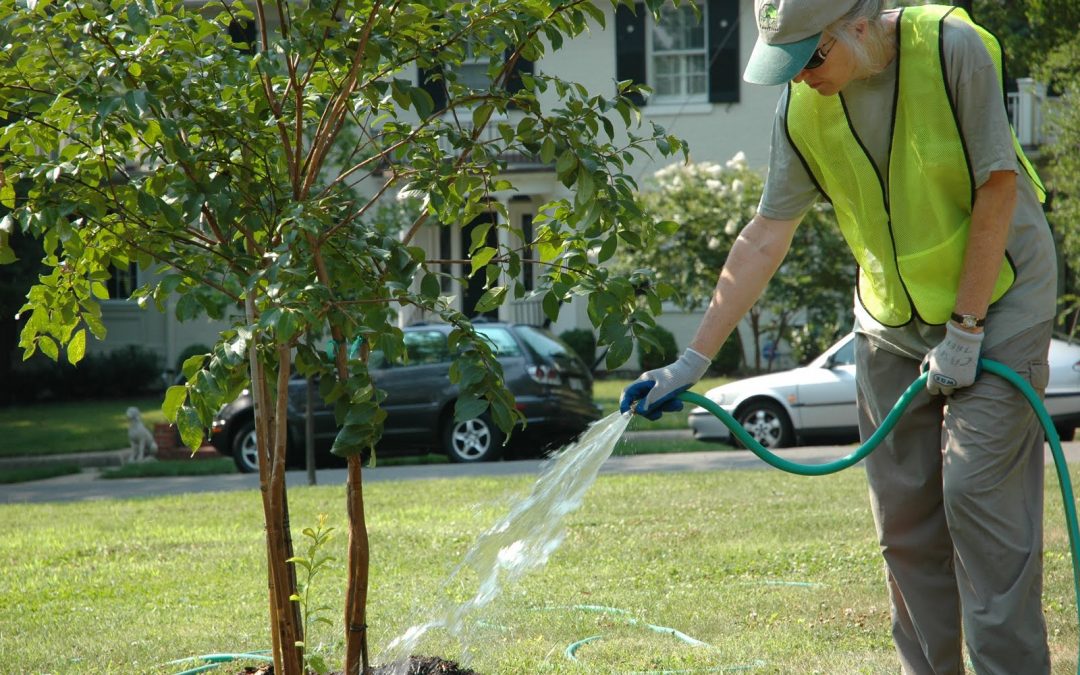Written by Admin and published on https://blog.davey.com/
Trees are the most valuable and hardest working parts of our landscape. They shade our homes and neighborhoods, cutting energy costs. They increase property values, reduce air pollution and soil erosion, and provide habitat for wildlife. Plus they add beauty and a calming presence to our everyday lives.
Since they are such a peaceful, serene part of the background, it’s easy to forget that trees require our care to thrive. Proper tree maintenance is essential to their continued growth and ongoing health. With that in mind, here are some tips to keep your trees healthy:
WHAT DO TREES NEED TO BE HEALTHY? (TREE CARE INFORMATION)
Topics
- Tree Care
- plant health care
- Tree Maintenance
Some trees can stand the test of time, like Methuselah, the pine that has lived through thousands of California summers. Then, of course, there are the trees that hold a special place in our hearts. We can enjoy them for most of our lives–if we take care of them.
That’s why Rachel, a Davey blog reader from Utah, asked, “We have a really old tree in our yard. I’ve noticed dead twigs and branches, but other than that, it looks healthy.”
She wanted to know how she could fix it and boost her tree’s health again. What are the secrets to keeping a tree healthy and strong for years to come?
HOW TO MAKE A TREE HEALTHY AGAIN
6 TREE MAINTENANCE TIPS TO KEEP TREES HEALTHY AND STRONG
- Plant the right tree in the right place. Pick a tree meant for your area, then, find a spot that will get enough sun and provide enough space for its full-grown canopy. Before you dig, make sure it’s not too close to power lines, underground utility lines or your home. Finally, don’t plant it too deep! That’s the number one mistake our Davey arborists see.
- Properly water. Just like any other plant, you need to water trees! If it hasn’t rained for several weeks, check to see if your tree needs a drink. Usually, mature trees need one inch of water a week. New trees require somewhere between 4 to 10 gallons each week during the first growing season or two.
- Mulch. Mulch insulates tree roots, protects them from lawn mower cuts and helps prevent dry soil. Help your tree reap these benefits by removing grass underneath the tree and spreading 2-to-4 inches of mulch. Be careful not to cover the base of the trunk.
- Fertilize. In the forest, natural plant materials feed the soil around trees. But in our yards, we rake and remove all those natural nutrients, like leaves and grass clippings. Fertilizer solves that problem. Apply a slow-release fertilizer regularly to release nutrients into the soil. Also, test your soil periodically to see if any elements are missing or in short supply.
- Prune. Proper trimming improves trees’ structure while also removing any deadwood holding them back. Do major pruning when the tree is dormant and doesn’t have any leaves (if possible). Then, in summer, focus on tidying up and clearing out small, dead or damaged twigs.
- Book checkups. Scheduling your annual checkup? Make an appointment for your tree, too! Spotting signs of pests or diseases early can make all the difference. ISA Certified Arborists® look for red flags like discolored leaves, cankers, holes, and more. Then, they provide a plan of action on how to help.
Original post here https://blog.davey.com/2018/09/what-do-trees-need-to-be-healthy-tree-care-information/.


